The Medieval Feudal System Explained

Feudalism was a way of structuring society during the Middle Ages, which created a set of rules for who could do what in day-to-day life.
This affected everyone's interaction with the legal, economic, and military systems in Medieval Europe from the 9th to the 15th centuries.
The feudal system evolved over several centuries as a way of organizing society after the fall of the Roman Empire. In England, the feudal system was already in existence before William of Normandy's conquest in AD 1066, but his victory helped consolidate and reshape the system.
By the time of the Middle Ages, feudalism had become a rigid hierarchy that was exceedingly difficult to change.
How the feudal system worked
Under feudalism, people were placed on a theoretical ladder. Those at the top of the ladder had the most power, and those at the bottom had very little power.
However, no matter where you sat on this ladder, you had both duties and benefits.
Duties were things you owed to other people, usually those above you on the ladder.
Whereas benefits were the things other people gave you, usually those above you on the ladder as well.
King
This system was based primarily on the ownership of land in a kingdom. In theory, the king, who was at the very top of the ladder, owned all of the land in their kingdom.
However, practically speaking, the king could never physically be in all places at once to make sure the kingdom was doing what it should.
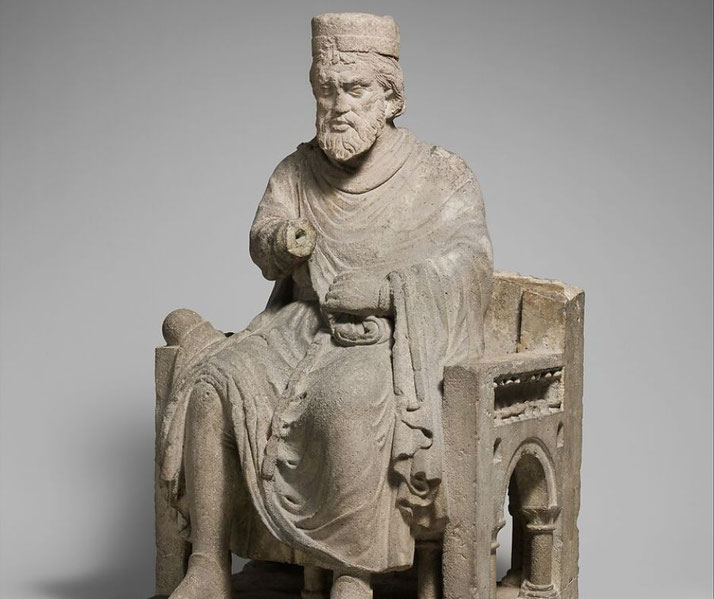
Barons
Therefore, the king divided parts of his kingdoms and assigned them to the people on the ladder rung below him to supervise a specific section of land.
This rung of people was known as the 'barons'.
As a result, the barons were given the 'benefit' of drawing an income from their assigned land from the king, but in return, they had a 'duty' to fight the king's wars whenever he needed them.
If the baron didn't fulfill his duty, they could lose the benefit, and the king could assign the land to a different baron.
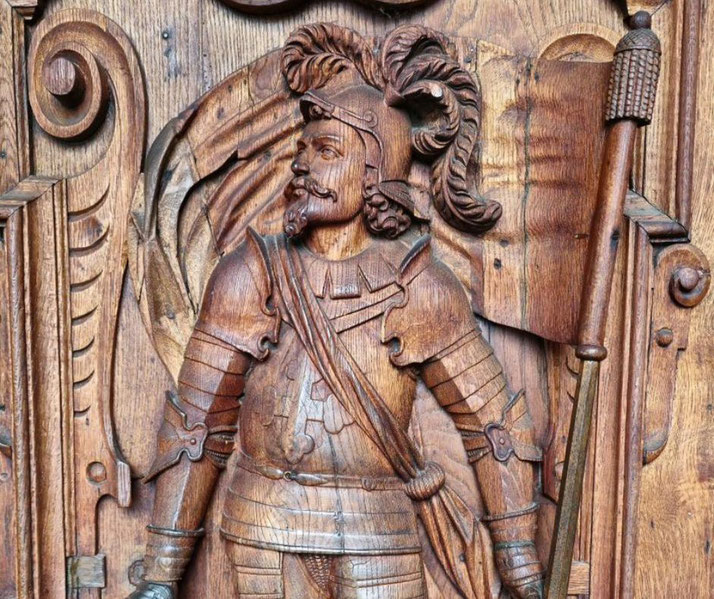
Knights
However, barons faced a similar problem to the king: they couldn't be everywhere at once, even in their smaller section of the kingdom.
Therefore, they divided their region into smaller regions and assigned the next rung on the ladder to look after it: the knights.
In a similar way, the knights gained the benefit of drawing income from their assigned land but owed a duty to fight for the baron when required.
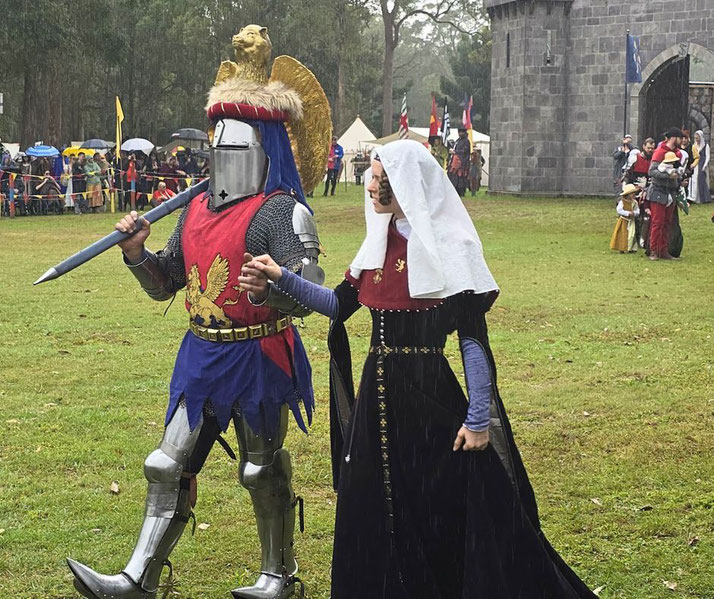
Bailiffs and Reeves
Even knights couldn't be everywhere at once in their lands, so they assigned supervisors called reeves, bailiffs, or stewards, to individual towns and manors, to ensure that crops were harvested, and taxes were paid.
Once again, these supervisors drew an income from their town but also had to fight in the knight's armies when needed.
Serfs
Beneath the reeves and stewards on the feudal hierarchy were the serfs, or peasants.
Peasants were usually farmers, who had their own small section of land on which they had to grow their crops.
This land was theoretically given to them from the reeves and stewards, and as such, they could never leave nor sell the land.
The peasants were required to pay taxes on the crops they harvested every year.
This tax is what supplied the income for all of the people above them on the social ladder.
Peasants also had a duty to fight in their lord's armies when required. However, the peasants had the added benefit of being protected by the military forces of their lords.
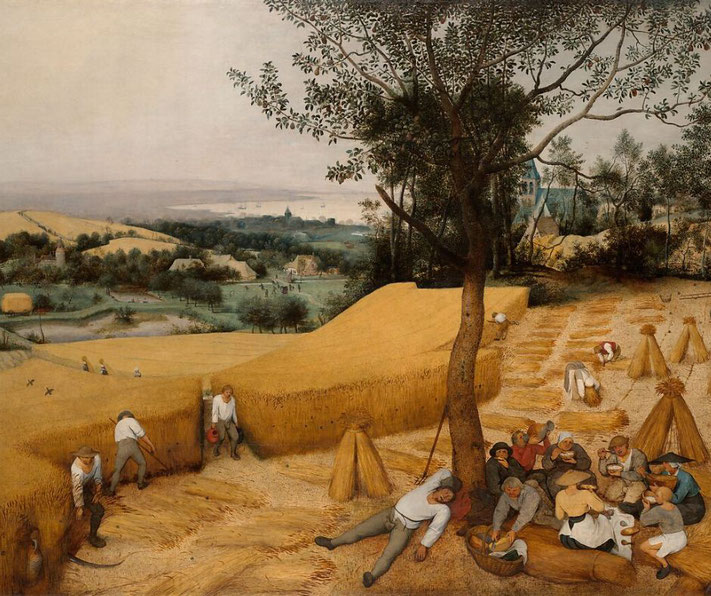
The manorial system
The system of land distribution as outlined above, was able to work due to something called the Manor system.
This was one method of land distribution during the feudal era, working alongside other systems, such as the shire system, in England.
A manor was an expansive mansion built by barons or knights that oversaw large villages.
These manors were a focal point for local communities, and towns usually developed around them.
Each town typically had a marketplace, a church, and a tithe barn, where all of the taxes were stored.
Even though barons or knights owned the manor, they were rarely there in person, so their reeve or steward usually lived there.
As a result, the manor became a place where legal disputes were also resolved.
Peasants or merchants that had a legal problem usually took their case to the manor or the church to find justice.
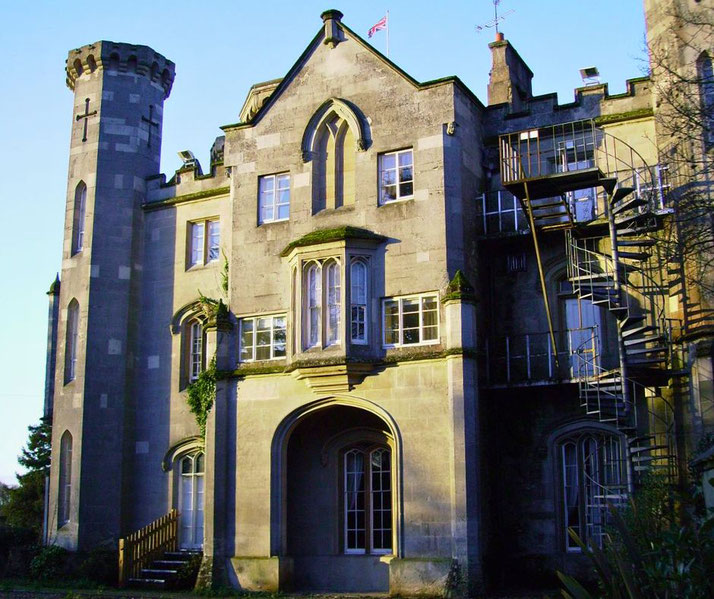
Some communities were wealthy and important enough to also have a castle.
Castles were expensive structures and usually took several generations to finally complete.
If a town was large enough, a king, baron, or knight would pay for a defensible hill nearby to be fortified with a castle.
The benefit of this was, in case of an attack, everyone in the community could hide behind the castle wall for safety.
This was considered to be one of the most practical benefits of the feudal system for all rungs of medieval society.
Overall, feudalism was a complex and evolving system of land ownership and hierarchical obligations that governed social interactions and power dynamics during the Middle Ages.
While the article provides a simplified overview, it is important to remember that there were regional variations and changes over time.
For example, the nature of feudal relationships and obligations could differ markedly between England, France, and the Holy Roman Empire.
Understanding the intricacies of the feudal system is key to grasping the broader context of Medieval European history.
Further reading
What do you need help with?
Download ready-to-use digital learning resources
Copyright © History Skills 2014-2025.
Contact via email
With the exception of links to external sites, some historical sources and extracts from specific publications, all content on this website is copyrighted by History Skills. This content may not be copied, republished or redistributed without written permission from the website creator. Please use the Contact page to obtain relevant permission.





